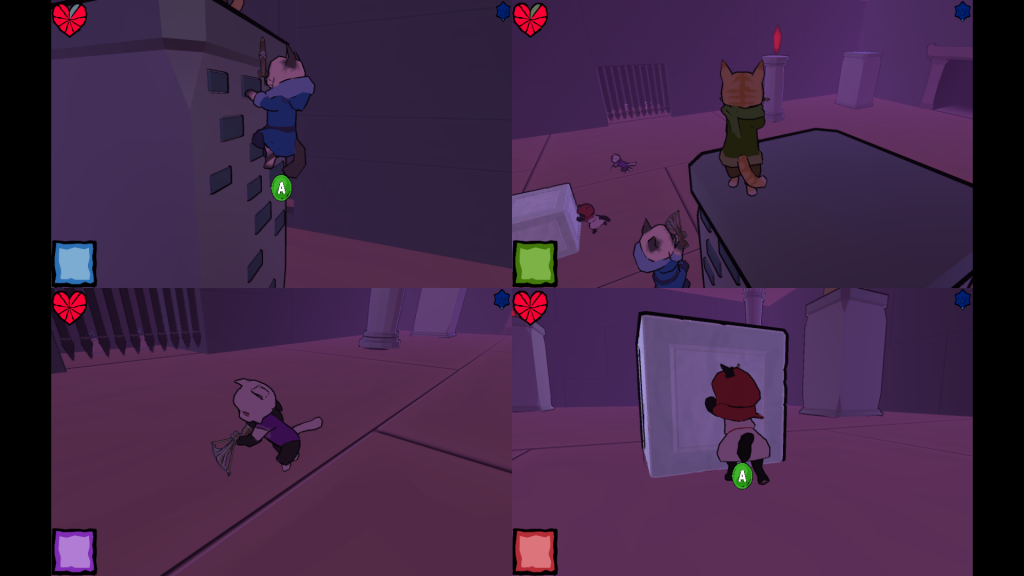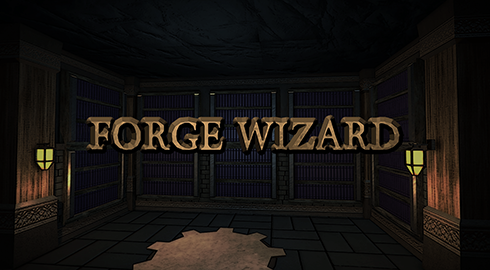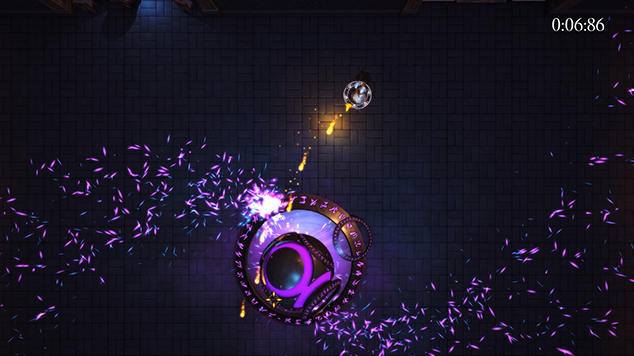
Team
Teppo Hyttinen
Programming | Game Design | Writing | Level Design
Jaakko Takalo
Graphics | Game Design | Music | Audio
Others Involved
Lassi Kähärä – Audio Engineering
Mike Bernstein – Voice-acting
The Game
“This place is like a vacuum, almost as if time itself was being compressed here.”
Project Monolith is a first-person, narrative-driven puzzle game with heavy exploration elements. The player controls a man who has died in an accident. He has woken up in a surreal place lodged in the intersection of birth, life and death. He must explore this strange world, solve puzzles and riddles and find out why he is there and not simply dead. In order to do this, he must find the mysterious, looming Monolith.
The main mechanic of the game is the pylon puzzle system, where the player interacts with a pylon, and the camera will be moved to the pylon and the player gets to aim the pylon at specific endpoints and by clicking the mouse, the player can attach a beam from the pylon to the endpoint dynamically. The puzzles in the demo are mostly about figuring out what pylon should shoot beams into what endpoints. Careful examination of the beautiful levels is required to find all of the endpoints and figure out what pylon belongs to what endpoint. This system was designed to uphold the core values of the game. We had beautiful levels, so it made sense to make the player to really look at the levels by finding the endpoints and not just rush through all of the rooms. Also, since the player has to use the pylon’s camera, it means that there is a reason for the game to be a first-person game. It all comes together in the end.

Development
“The things that this place represents, we have no name for. They are beyond human comprehension. Our minds are clouded, but I have been given clarity.”
Development of Project Monolith started officially in January 2017 but Teppo had already began preliminary testing in December 2016 but none of the testing development made into the final project. The game was under active development throughout the entire spring semester, being worked on almost every day. We decided to work on this project as a small team to make sure that everyone stays on the same page and everyone’s vision is in alignment with the rest of the team. In other words, we didn’t want to have a third or fourth member in the team. We believed that we would get more done in a smaller, but more focused team.
The game was initially inspired by some “walking simulator” titles such as Everybody’s Gone to The Rapture (Developed by The Chinese Room and published by Sony in 2015) but right from the start we wanted Project Monolith to feature much more gameplay on top of the narrative and exploration elements. We felt like the most suitable genre for Project Monolith was a puzzle game. The surreal setting for it made it easy to justify problem solving, as it made sense in the given context.
We concentrated first at the first demo session where we already showcased high quality level design as well as fully thought-out audio (excluding voice acting). After the first demo session, we started almost the entire project from scratch. We used everything we had learned up to that point, to make the same thing again, but much better. We revamped the puzzle mechanics, we re-wrote the story and we made a new, much bigger and much more open level for the final demo.
During the final weeks of development, we had a voice-over recording session where Lassi Kähärä worked as an audio engineer and Mike Bernstein did the voice acting for the protagonist.

The Future of Project Monolith
“The fabric is so thin here… I can feel it… The presence… It’s so near…”
Now that the semester is almost over and the project has been wrapped up, we are looking at the future of Project Monolith. This was so much more than a school project for both of us and we are planning on taking this further, by making plans on going commercial with Project Monolith. The game will most likely go through dramatic changes before we get that far, but we’re burning for this project, and we want to see how far we’ll be able to take it.
If you’d like to follow development of Project Monolith, be sure to follow us on Twitter and Facebook (Links down below)!
Download Project Monolith Demo 2.0
LINK
Contact
Twitter
Facebook
celestialbit@gmail.com
























